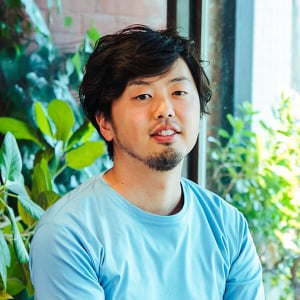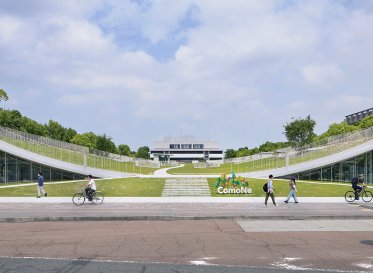
Examining today’s sense of values over family finance
NEC Research - Project for Creating Opportunity Areas
Outline
7 archetypes and 16 opportunity areas extracted from family finance-related stories
What business areas can we draw from the theme “Family and Money”? How does our sense of value for money, or how we “spend” and “save” that affects our asset building change along the stages of life such as marriage and child bearing? Loftwork unraveled the ways how consumers think and behave while they are in their life stage transitions.
Our targets were the “person in charge of family finance” whose households have company employees aged 25-44. We conducted a month-long research in metropolitan areas and small to mid-sized urban areas, and created a 105-page-long report. Then, we drew 7 archetypes (customer models) and 16 opportunity areas as our targets.
- Project period
2018 February – April - Structure
Client: NEC Corporation
Produce: Kazuhiko Asami
Research lead: Shinya Kunihiro
Project Management: Naoki Kawakami
Research Partner: Mitsuhiro Sakakibara (RAD, Architect / Researcher)、Kakeru Asano(Freelance, Design Researcher)
Design / Key Visual: Kentaro Nakamura (Studio Kentaro Nakamura)
Illustration: Takeuma (Studio-Takeuma)
Expert session: Yukiko Uchida (Associate Professor, Kyoto University Future Institute), Yohei Yamaguchi (Representative Director of Blue Merlin Partners Co., Ltd.), Takashi Maeno (Professor, SDM Laboratory, Keio University)
Background
Searching hidden needs to create new financial services
Business Innovation Strategy Headquarters at NEC is an organization which mission is to create new services and businesses with Fintech technology. To create new businesses, collecting quantitative data and understanding simple needs are not enough. We needed to start with understanding details on existing and future archetypes by grasping unsolved problems and incomplete solutions.
In order to search hidden needs that haven’t appeared in the world yet, the NEC team estimated that a Design Research approach―extracting insights based on real life stories by going into ordinary citizen’s context―is more suitable than quantitative statistics. Accordingly, they asked Loftwork to join their project.
Loftwork carried out a Design Research process that draw insights from qualitative research focusing on field work, deriving the target user’s mental models and opportunity areas to search possibilities of ideas for new service.
Outputs
7 archetypes and 16 opportunity areas
We created a 105-page-long report around the theme of “Family and Money.” The facts we realized were categorized into six different sections: life, family finance, married couple, other people, learning, and information. Based on the six sections, we drew seven archetypes and sixteen opportunity areas.


Process
Design Research: Immerse into target’s context to integrate data from multiple aspects
Design Research is a method to get into ordinary citizen’s context, explore the “why”s that come from facts derived by interviews and behavior observation, then acquire perception through analysis and integration of various insights such as thinking/behavior gaps that the consumer themselves don’t notice. (For more details, see “Design Research 101 – Practical Guideline based on Design Research Project in Aging Society”) Its major processes are: Hypothesis generation→ In-field research → Synthesis / Write-up. We drew insights as we repeated radiating and settling in the process.

Hypothesis generation ‐ Set questions to deepen
To conduct a high-quality research, one needs to build up good hypotheses that can get to the bottom of the problem. For this reason, how the information that becomes seeds for generating the hypothesis is collected becomes important. In this research, we used the following methods to develop our viewpoints that became the basis for hypotheses generation. The target time distance was from now to the near future. We also referred to history and origin to update the theme we should address based on the facts and insights obtained, and created seeds for key questions.
・Inspectional reading and analytic reading (read dozens of books to cover all trends and to dig our viewpoints deeper)
・Trendscraping (researched dozens of cases for social background and technology trends)
・Input from experts (planned and held an event)

Not only textual information, but also first-hand experience and wisdom are important. We planned an event called “Toolbox to Stand Face to Face with Uncertainty”,and invited professionals including cultural anthropologist and planners to input their experience and knowledge.
We discussed 130 key question seeds, and developed them into four major questions. From there, we created a discussion guideline for conversations consisting of ninety questions.
In-field study - Immerse into target person's context to collect data
To equip multiple viewpoints, we formed a joint team consisting of NEC, Loftwork, and research partners, and collected data collaboratively while we all lived under the same roof at a research base called Pop-up studio.A total of twenty families cooperated with our project. Along with Japanese families, interracial couples, step families, and those who chose common-law marriage joined our semi-structured depth interviews in Tokyo and West Japan for 2 hours for each person. In the interview, we used tools such as life event sheets, income-and-outgo cards, and relationship sheets to engage in deeper conversations.


What we valued was how we can immerse ourselves into the target person’s context to develop insights. We also conducted shadowing such as observing throughout towns including supermarkets and drug stores, trying to use electronic money and credit cards that were mentioned in conversations. In one month, 5773 remarks/ideas and 1178 photos were collected. We discussed these data at Pop-up studio to extract insights.



Full synthesis - Integrate data to spin a yarn
After the in-field study, we set up a studio where we can overlook all the data, and had a 2-day full synthesis with 200 insights and 100 ideas collected by the whole team. On Day 1, our various findings were extracted on a 10m-wide wall with the KJ method, following the steps of sorting, drawing additional lines, and documenting (discussing). On Day 2, we continued to deepen what was beginning to be outlined on the aggregate map of the findings, to extract archetypes and opportunity areas.
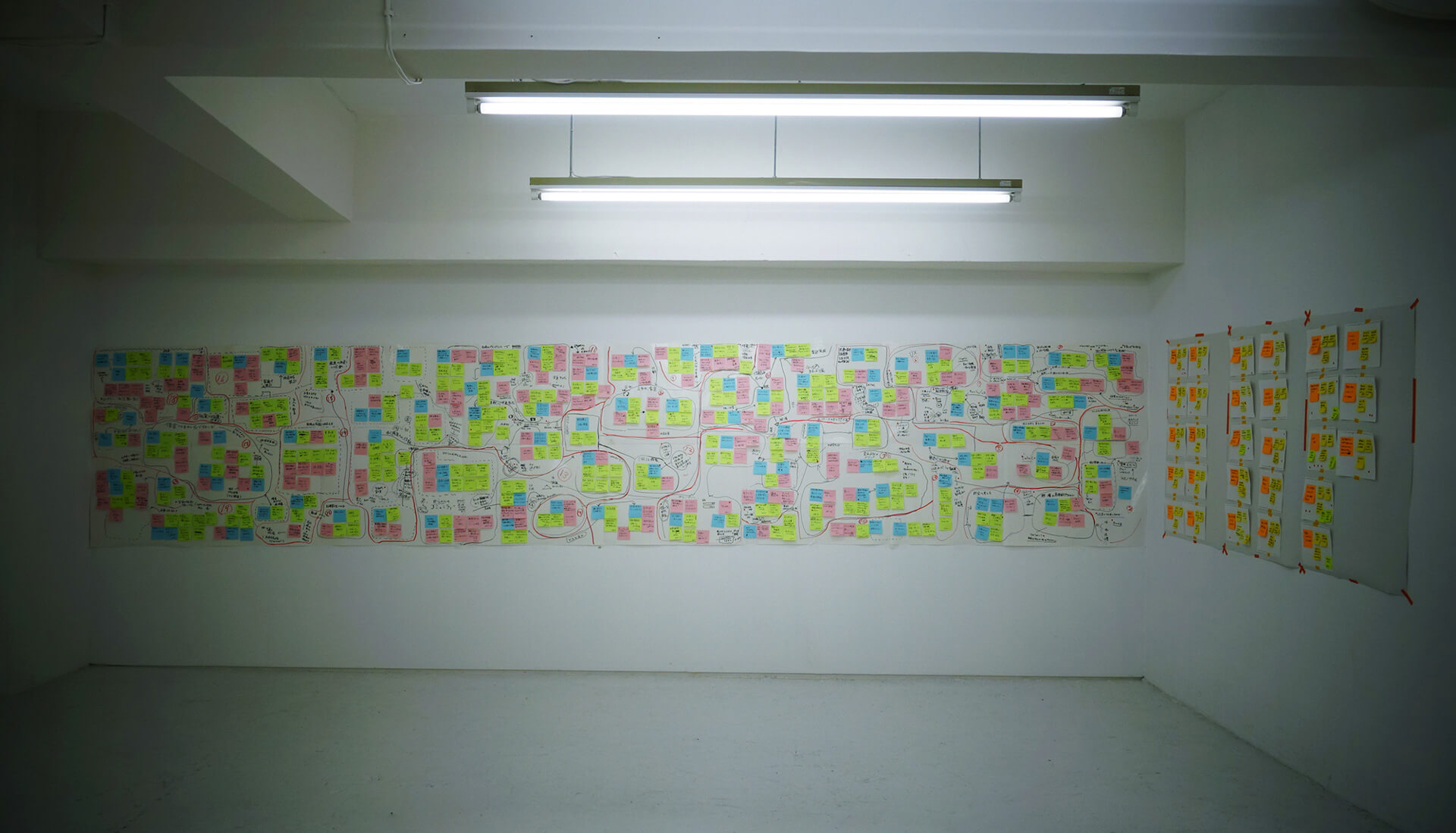


Archetypes - 7 customer models derived by thinking process
Archetypes are customer models completed by a combination of keywords drawn by all insights based on characteristic thinking types that appear from interviews. In this research, 7 archetypes were drawn to our attention. Information such as the interviewee’s value, their relationships, and their thinking bias were turned into writing/illustration in a realistic manner, and we made the information our trigger for ideation that follows.
This time, our team started from extracting highly suggestive insights from all insights and selected high priority items. Next, as we overlooked all interviewee targets, we set seven types of people whose thinking types that have distinctive features for this research. Then, we combined them with highly relevant insights to give body to characteristic keywords. Ultimately, we reached archetypes that actually don’t exist as human beings but exist as thinking types.
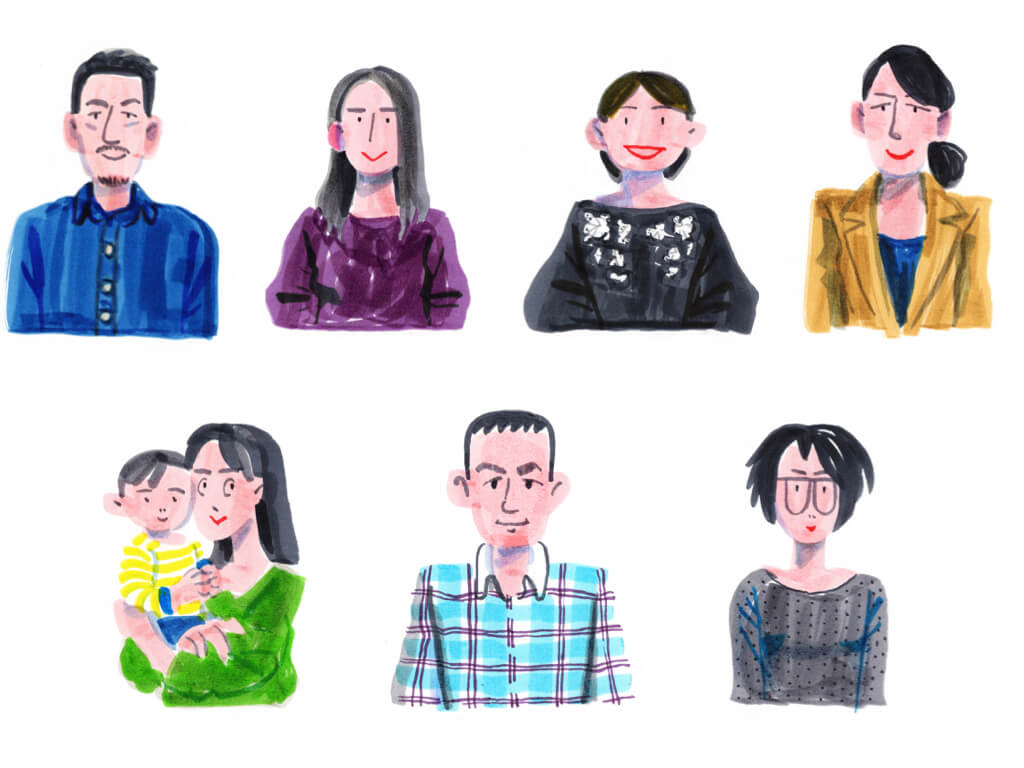
Opportunity areas - Discovery of hidden business needs
Opportunity areas are where new business markets can be generated. We incorporate questions like, “Though this is a tacit knowing of society, can’t we change it like this?” or, “Maybe we can improve user experience this way, to meet this specific desire.” To avoid narrowing one’s imagination, we built opportunity areas based on acts that have become starting points, and hypotheses considered from them, rather than specific ideas.
However, if opportunity areas are just imaginative stories, they are meaningless. In order to create seeds for new businesses, you need to break and overcome premises. Therefore, we set items that question “what biases we should break” to proceed with our discussions. We also organized “Expert Sessions” to strengthen the opportunity areas where we researched small but interesting events that have started to occur in the world as “signs of future”, and invited professionals to discuss about opportunity areas.

Launch of new projects from research results
Referring to the findings we acquired through this research, multiple projects have already been launched. We will continue to proceed in social implementations by collaborating with various partners and creators.
Member
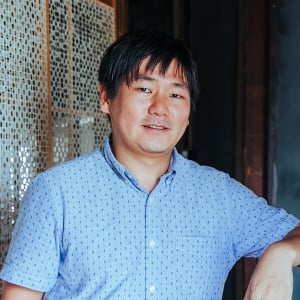
Naoki Kawakami
Loftwork Inc.
Senior Director
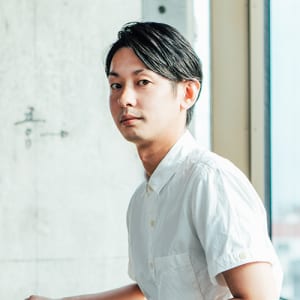
Kazuhiko Asami
Loftwork Inc.
Producer
Voice
“We were able to acquire insight and awareness of each customer who can not know through quantitative surveys such as net research and questionnaire surveys. I think that the result of this research became property just as it becomes the base for considering our FinTech related business in the future. Also, we can cross the company's fence with Loftwork and exchange opinions and act as one team, and satisfactory Output has been completed.”
NEC Corporate FinTech Business Development Watanabe Teruhiro
“"Design research is craftsmanship"
It was a short period of two months, but it was enough time to feel it. Through the cooperation of Loftwork, I felt that the principles of action of consumers, which had not been seen so far, will be highlighted.
I am convinced that what I gained through this survey will be an important signpost as we work from now on. The idea and awareness learned here also became valuable assets for me.”
NEC Corporate Business Development Kawakami Masahiro
“What I cherish is "asking". It is not statistical information such as the proportion of expenditure and the type of payment method, but how we can bundle publicly unlikely information such as relationships with partners, money failures, household gray zones, It was the liver. Life patterns become diversified In the future, I felt it through this research that it is important not to think of a panacea common to all families, but also to consider the silver bullet which can be required for a specific customer image. I really appreciate the people of the household manager who cooperated with the sensitive contents!”
Creative Director Kunihiro Shinya
“I think that it was really good that I became a team with NEC members, research partners and LW members in the cycle of designing research projects themselves. We confronted the consumer as a flat party, and quickly arranged and discussed what we felt looking at there, restructured it as insight, suspected the bias, reworked the question and went to the next site. It was a very exciting project. But I think that it is only a milestone on the way, so I think I can connect to this point.”
Creative Director Kawakami Naoki
Next Contents




